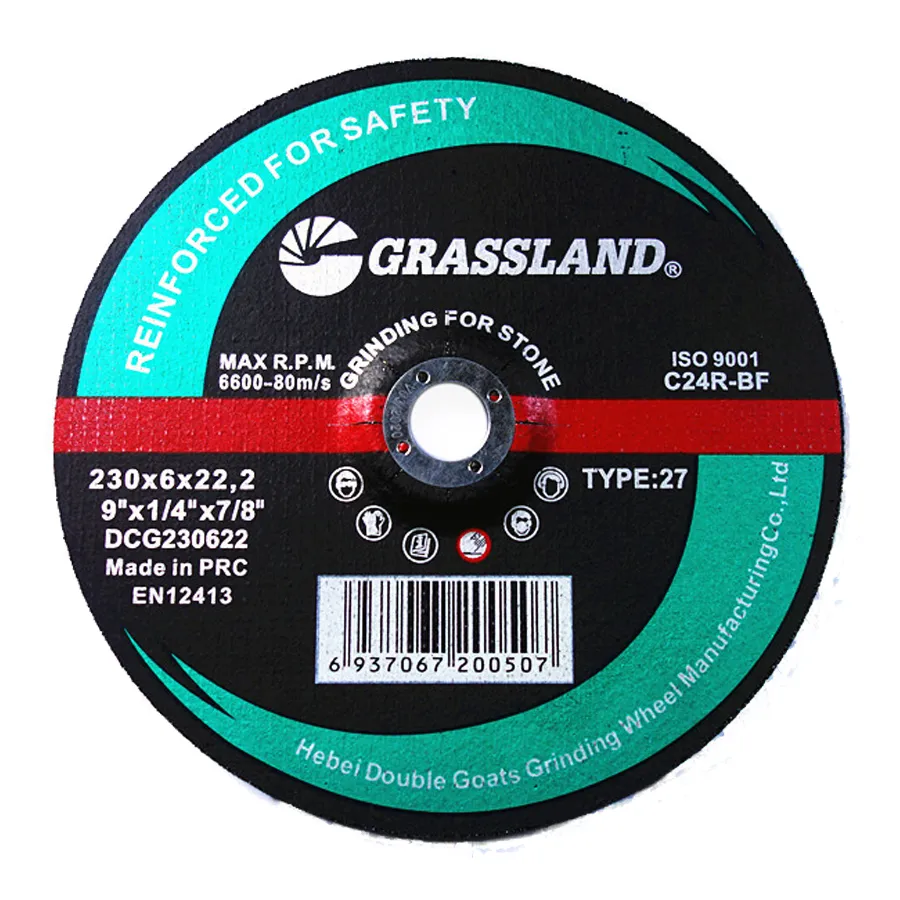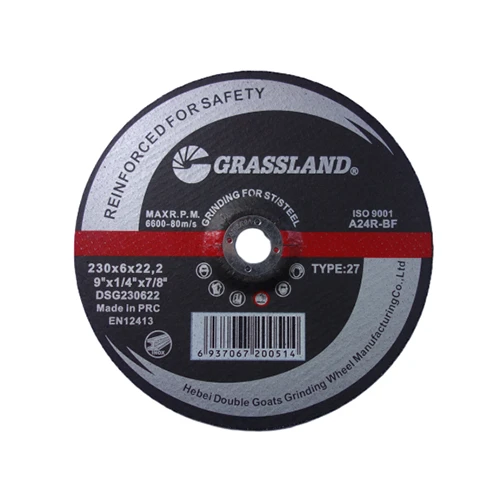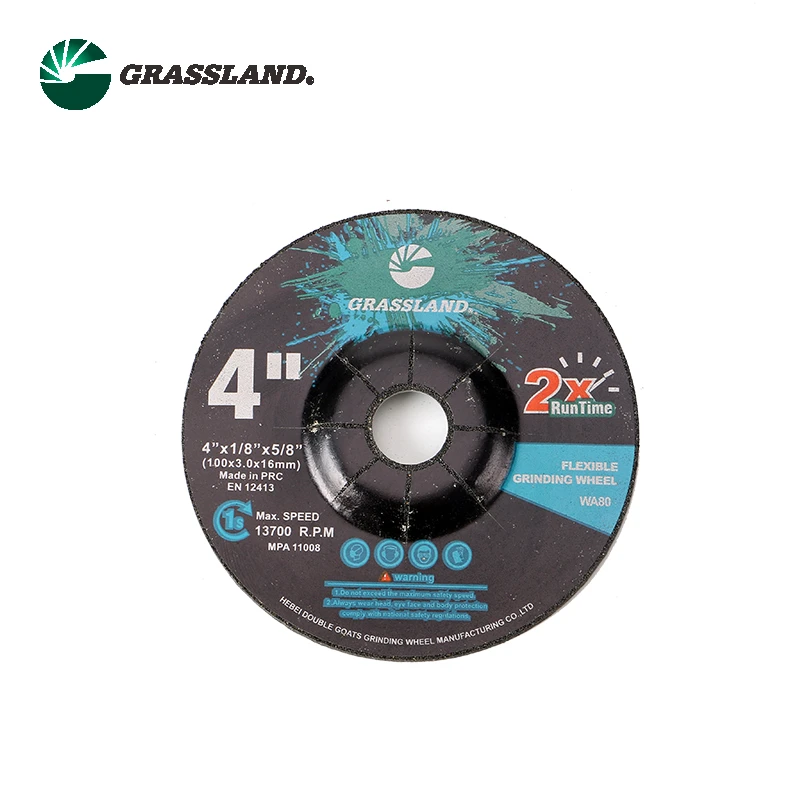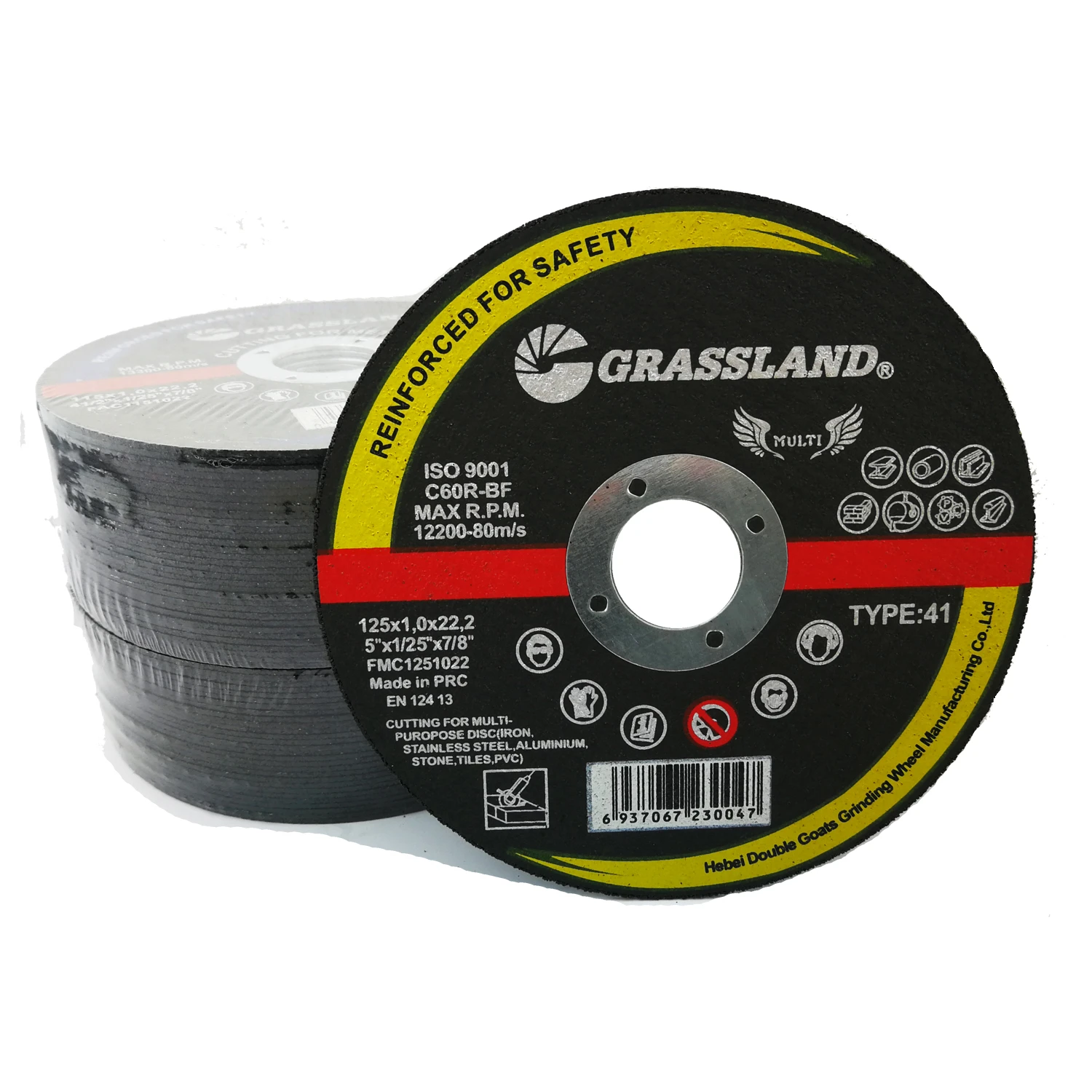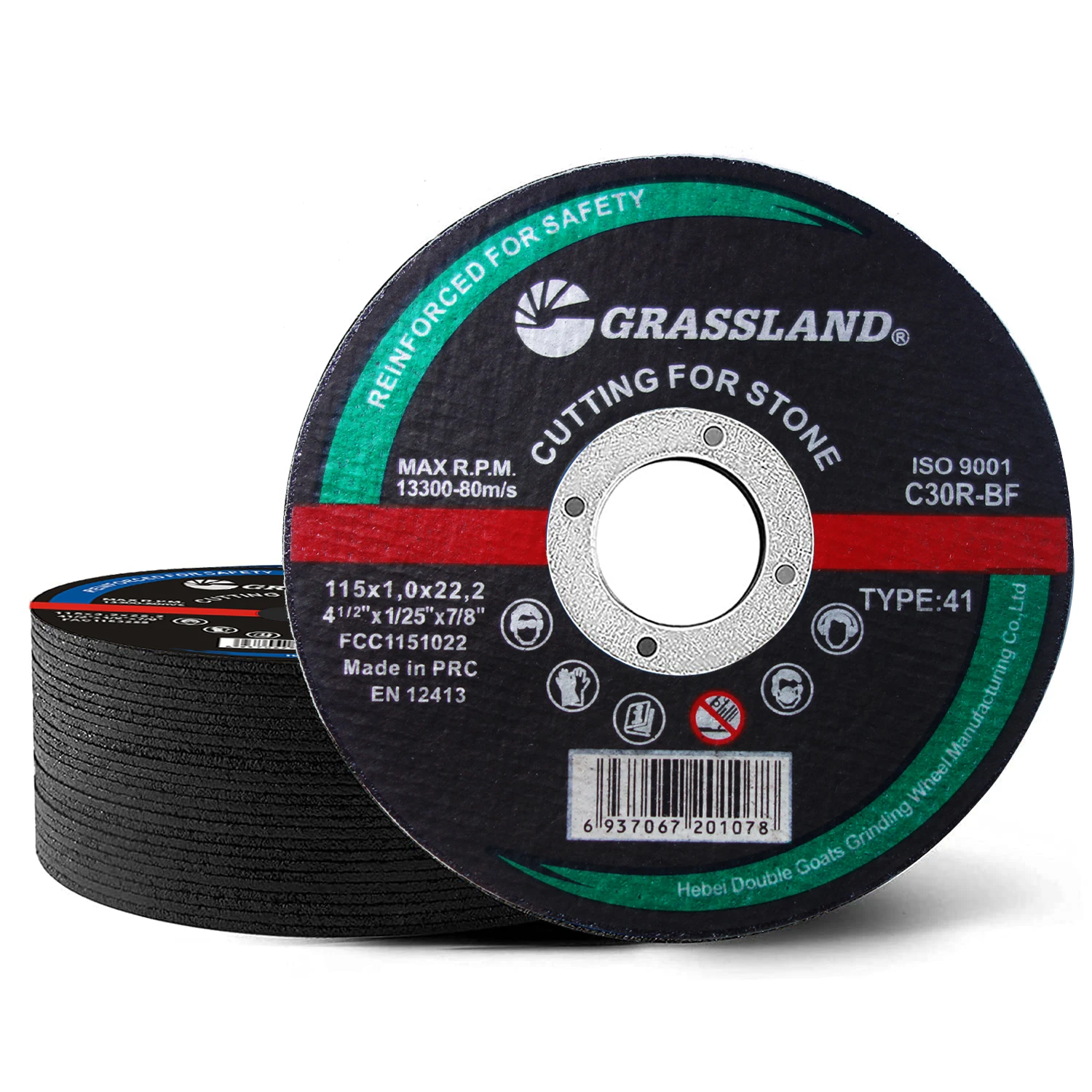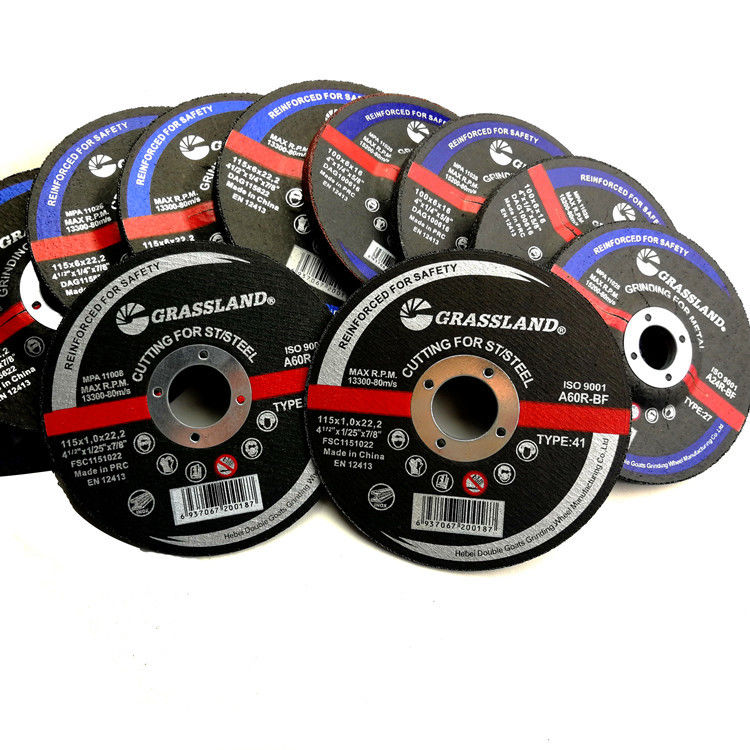Understanding the Circular Saw Blade A Comprehensive Guide
The circular saw blade is an essential tool in various industries, particularly in woodworking and metalworking. Known for its versatility and efficiency, the circular saw blade has become a staple in workshops around the world. This article delves into the intricacies of circular saw blades, from their construction and types to maintenance and safety precautions.
Construction of Circular Saw Blades
Circular saw blades consist of a round disc with teeth along the edge, designed to cut through various materials. The core of the blade is typically made of steel, which provides the necessary strength and stability. The teeth can be made from several materials, including high-speed steel (HSS), carbide-tipped, or diamond-coated composites. The choice of material depends on the application and the material being cut.
The shape and configuration of the teeth are also crucial. Blades may have different tooth counts, ranging from fewer teeth for quick, rough cuts to many teeth for fine, precise cuts. The angle and shape of the teeth play significant roles in determining the blade’s cutting efficiency and finish quality.
Types of Circular Saw Blades
There are various types of circular saw blades tailored for specific tasks
1. General-Purpose Blades These blades are versatile, able to handle a range of wood types and thicknesses. They typically feature a moderate number of teeth, making them suitable for both ripping and cross-cutting.
2. Ripping Blades Designed primarily for cutting with the grain of the wood, ripping blades have fewer teeth with larger gullets. This design allows for faster cuts in thicker materials.
3. Crosscut Blades In contrast to ripping blades, crosscut blades are optimized for cutting against the grain. They usually have more teeth and finer edges, delivering smoother cuts.
4. Finish Blades These blades are created for applications requiring a pristine finish. They have the most teeth and are designed to minimize tear-out in delicate materials.
5. Specialty Blades These blades serve specific purposes, such as cutting laminate, aluminum, or tile. Each of these blades uses unique materials and designs to effectively cut without damaging the workpiece.
Maintenance of Circular Saw Blades
disco de corte sierra circular
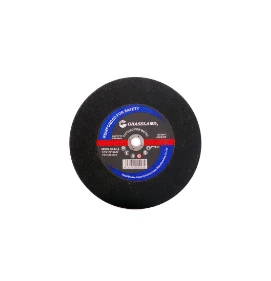
To prolong the lifespan and performance of circular saw blades, regular maintenance is essential. Here are some tips
- Cleaning After use, it’s important to clean the blades to remove resin and debris that can affect performance. A specialized blade cleaner can help restore sharpness. - Sharpening Over time, the teeth can dull due to regular use. Sharpening can be done professionally or using a sharpening tool designed for circular saw blades.
- Inspection Regularly inspect the blades for signs of wear, cracks, or damage. Replace any blade that shows significant wear or has a broken tooth, as using a damaged blade can be unsafe.
- Storage When not in use, store blades in a safe, dry place, preferably in a protective case to prevent accidental damage and to keep the teeth sharp.
Safety Precautions
Using a circular saw blade requires careful attention to safety. Here are some precautions to follow
- Wear Protective Gear Always use safety goggles, gloves, and ear protection when operating saws to safeguard against debris and noise.
- Check Alignment Ensure that the blade is correctly aligned and secured before starting any cutting tasks to prevent kickback.
- Use the Right Blade Always choose the appropriate blade for the material you are cutting. Using the wrong blade can lead to poor cuts and can be unsafe.
- Know Your Equipment Familiarize yourself with the saw and its features. Understanding the tool’s operation can help prevent accidents.
Conclusion
Circular saw blades are vital components in various cutting applications, offering efficiency and precision. By understanding their construction, types, maintenance, and safety practices, users can maximize the benefits of this powerful tool, ensuring optimal performance and longevity. Always remember that safety comes first—proper care and precautions can make all the difference in your cutting endeavors. Whether you are a professional woodworker or a DIY enthusiast, mastering the use of circular saw blades will elevate your projects to new heights.
Post time:Dec - 28 - 2024







